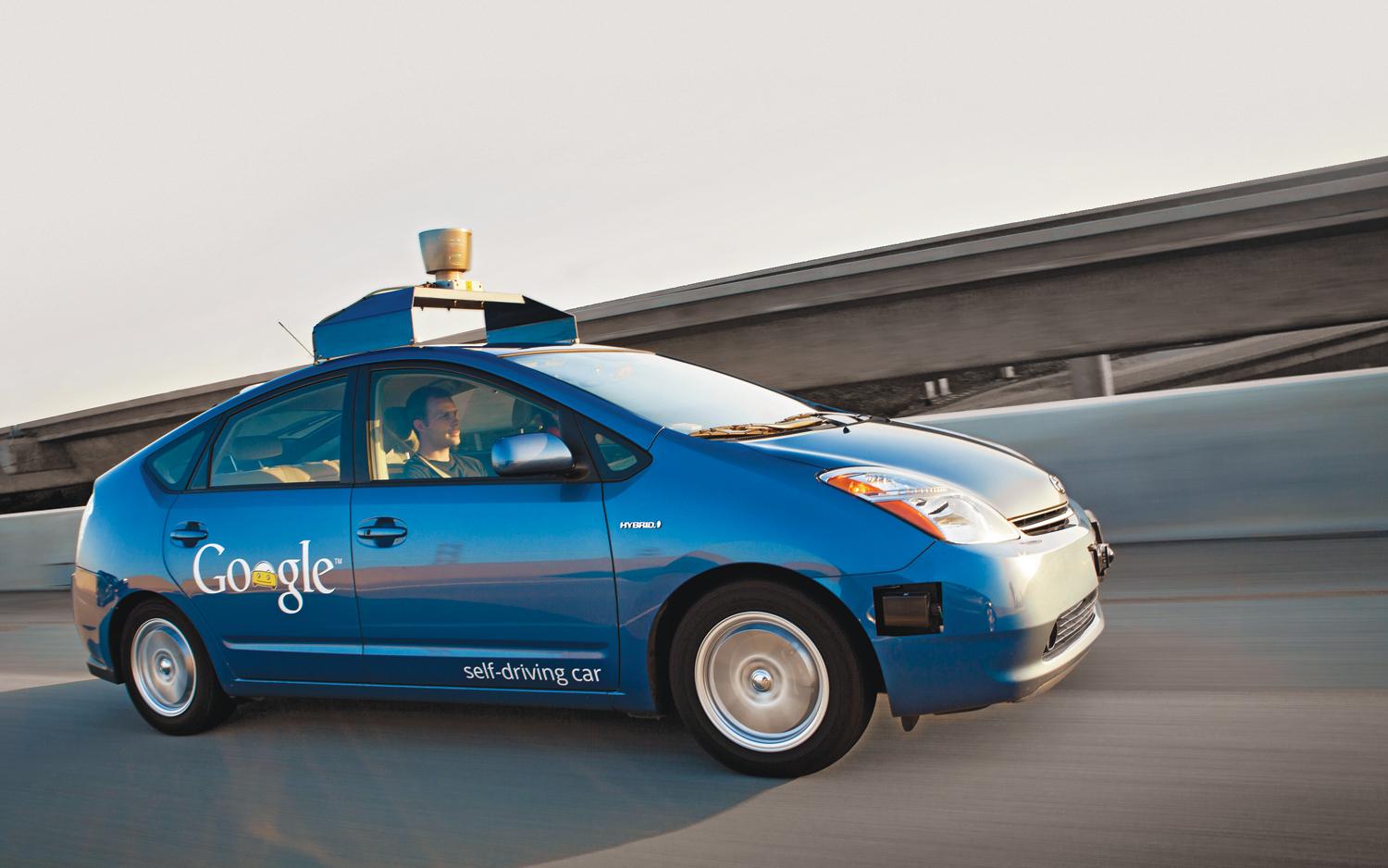In the last five years, the word “smart” was used to describe a device that combines few functions; the primary function connected to the internet. For example, a smartphone or smart TV. However, smart means much more than that. This word is associated with the ability to analyze and make decisions. That’s why in the not too distant future these devices will be equipped with some intelligence and calling them smart will be precise and accurate.
The foundation is there. Two significant events took place during the last three years. In 2011, the computer machine called “Watson”, invented by IBM, won the American television show “Jeopardy”. For the first time, the machine defeated the human in a contest of mind exercises. IBM tends to challenge the existing technology about once a decade. In 2006, a few engineers noticed that Ken Jennings was accumulating long victories on “Jeopardy”. They thought it would be interesting to make a computer system that could challenge the best human expert in the show. The challenges for the computer were: working with human languages, applying probabilities to the responses, selecting the best answer, all within the 3 seconds allowed for a buzz-in and before the human contestants.
After 5 years of development, Watson was ready to pick up the fight and win!
The second event took place in 2012, when a driverless Google car completed over 300.000 driving miles (500.000 kilometers) accident free. As a result, three U.S. states: California, Nevada and Florida have passed laws permitting driverless cars on their roads. In March 2012, Google posted a YouTube video showing a Morgan Hill, California, resident, Steve Mahan being taken aboard on the self-driving Toyota Prius. In the video, Mahan who is 95% blind was taken from his home to the dry cleaners and then back home.
Creating artificial intelligence is possible by using many sensors that are built into a device. Those sensors collect the data and based on the information the computer system makes the decisions. The more sensors that are built into the device, the more factors are analyzed; therefore more precise and accurate decisions are made.
In addition, the sensors that are built into the cars collect and provide the information not only about consumption of gas or malfunction but also defines the drive style based on analyzing many factors. So if the owner of the car will allow the insurance company to have access to this information, he or she can claim a better insurance package.
In the near future, this data will become the new currency.
